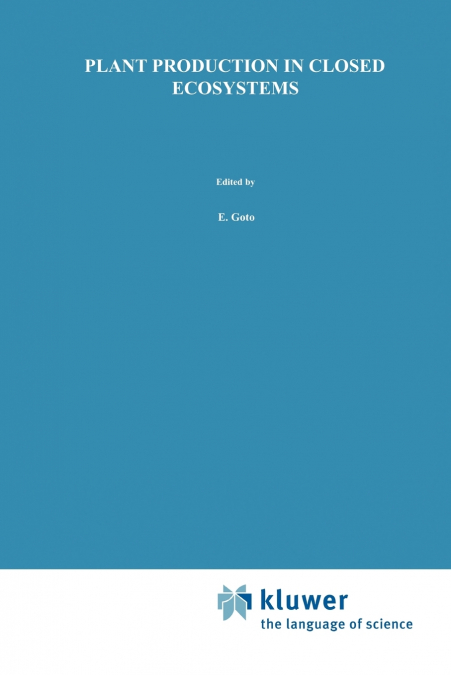
Plant Production in Closed Ecosystems provides overviews of the current trends and concepts in plant production in closed or semi-closed environments. The overviews reflect both the present and future challenges that face the agricultural industry and the methods and tools which will meet these challenges. Plant Production in Closed Ecosystems contains the full texts of the Special Lectures from the International Symposium on Plant Production in Closed Ecosystems, plus several contributed papers. The challenges which await the agricultural industry are diverse. This diversity is reflected in the topics that were covered in the special lectures given by experts in the field. These topics included: greenhouse horticulture, hydroponics, micropropagation, food production in space, environmental control, co-generation, controlled ecological life support systems (CELSS), and resource conservation.